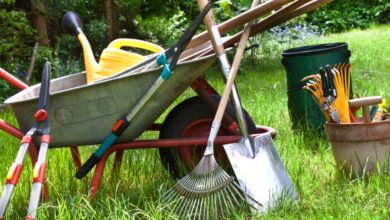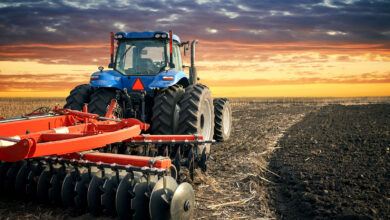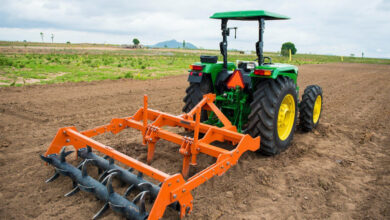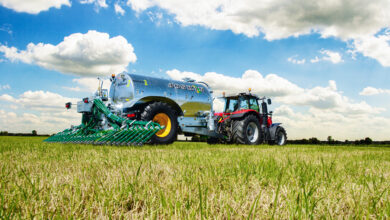Mechanised systems gaining momentum

Manual harvesting currently dominates sugar cane harvesting operations.
Many growers have in the past searched for a viable mechanical aid or mechanised system suited to local conditions, according to the South African Sugarcane Research Institute’s (Sasri’s) website.
However, the experience of the South African Agricultural Machinery’s (Saama’s) members of late is that sugar cane farmers are scaling back land and farming more specialty crops such as fruit and nuts.
Saama chairperson Greg Cadman says that this is mainly being driven by the low sugar price and farm-level profitability.
“This has had a major impact on our business as mechanisation solution providers,” he notes.
The institute’s website goes on to state that if mechanised harvesting were to increase in the sugar industry, several factors would need consideration across the supply and value chain, from on-farm practices and transitioning towards cane varieties deemed more suitable for mechanised harvesting operations through to mill receiving or value add facilities.
Meanwhile, Cadman emphasises that the future of the sugar cane industry looks concerning as the association foresees a sustained period of volatility in the near term.
“This is owing to the marginal yields, especially in KwaZulu-Natal, sugar tax and the dumping of cheap sugar imports,” he adds.
Further, the development and adoption of mechanised harvesting systems in sugar-producing regions, such as Australia and the US, was driven by a shortage of manual labour and not by the prospect of lower production costs.
Consequently, any change towards a fully mechanised harvesting system involves many disciplines and affects all aspects of cane production. “Growers, managers and millers should all be involved from the outset to plan, implement and monitor the operation,” explains Sasri.
Speaking on the impact of the precarious state of the local sugar industry on its members, Saama points out that sugar cane farmers are reducing their investment in new equipment and choosing to repair, rather than replace existing equipment.
“The total tractor market is down by 10.5% to date. This is a concern, as sales in 2019 were down by 21%, compared with those of 2018. This points towards a tractor market of below 5 000 units sold in 2020,” he points out.
Sasri notes that the formation of harvesting syndicates or contracting groups may improve the viability of mechanised operations.
However, the institute says it may never be economically viable to mechanically harvest cane on steep slopes.
Moreover, Saama looks forward to engaging the National Regulator for Compulsory Specifications in 2020 to propose a new compulsory standard for agricultural tractors permitted for operation in South Africa as a means of rationalising the equipment available in the South African agriculture machinery market, Cadman concludes







